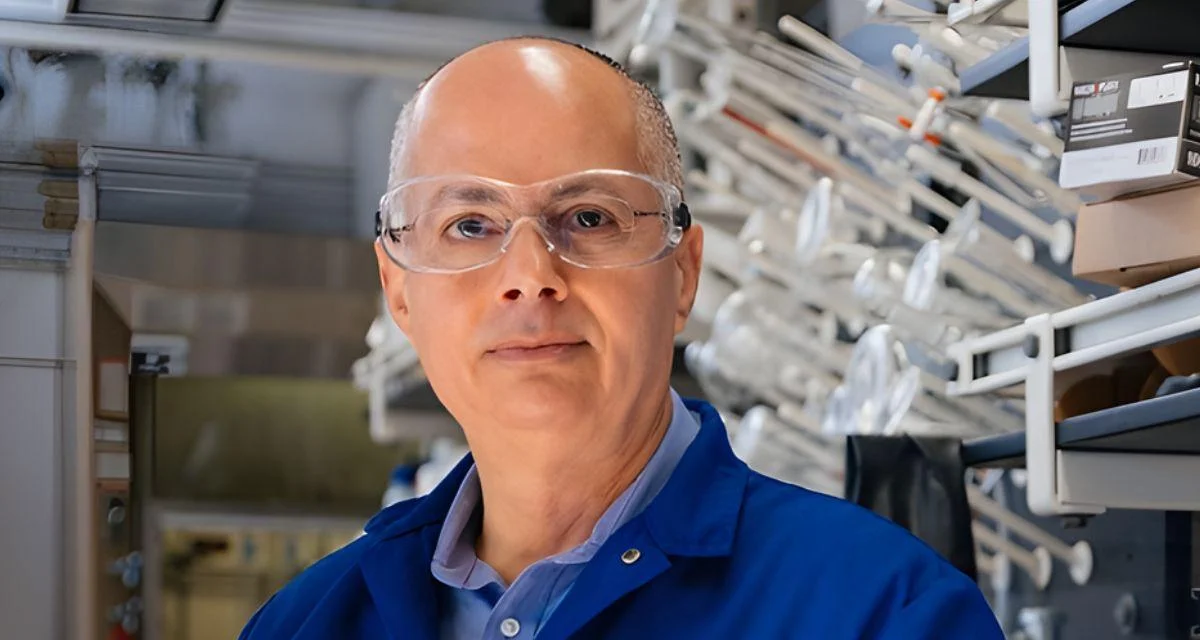Omar Yaghi, Professor | University of Michigan Ann Arbor
Omar Yaghi, Professor | University of Michigan Ann Arbor
Omar Yaghi, now a professor at the University of California, Berkeley, has been awarded the 2025 Nobel Prize in Chemistry for his work on metal-organic frameworks (MOFs). Yaghi conducted significant portions of his foundational research at the University of Michigan, where he was a faculty member in the Department of Chemistry from 1999 to 2006.
MOFs are structures composed of metal ions connected by long organic molecules, forming crystals with large internal cavities. These materials have a range of applications, including separating PFAS from water, breaking down environmental pharmaceuticals, capturing carbon dioxide, and harvesting water from desert air, according to the Nobel Prize announcement.
Neil Marsh, a professor of chemistry and biological chemistry at the University of Michigan, commented on Yaghi's achievements: “The scientific breakthrough that Yaghi made while at Michigan highlights the excellence of the scientific research being done at the University of Michigan.”
The Nobel Prize was shared by Yaghi, Richard Robson, and Susumu Kitagawa. Robson developed the first MOF material in 1989 but faced challenges with its stability. Working with Kitagawa, Yaghi contributed techniques to stabilize MOFs. Kitagawa demonstrated that gases could move in and out of these structures and predicted their flexibility. Yaghi, while at Arizona State University and the University of Michigan, created a stable MOF and showed that it could be modified through rational design.
Adam Matzger, a professor of chemistry and macromolecular science and engineering at the University of Michigan, collaborated with Yaghi during his time at Michigan. Along with U-M researcher Antek Wong-Foy, they characterized the first MOF with a surface area greater than any existing material.
“We provided the first measurements quantifying why MOFs were, and still are, the best sorbents to store hydrogen gas,” Matzger said. “The potential to design porous solids with exceptional properties was established before Yaghi, but this potential was not realized due to design limitations and/or a lack of appropriate approaches. It was under Yaghi that this potential was realized through innovative design.”
Matzger noted that MOFs can host large molecules in ways not possible with zeolites or activated carbons, which are commonly used as catalysts or for filtration in industry.
“One of the defining properties of zeolites and activated carbons is their surface area, which can influence their performance,” Matzger added. “This is one of the places where MOFs excel.”
Since these discoveries, chemists have developed tens of thousands of different MOFs. Matzger continues research on these materials at the University of Michigan. He also highlighted commercial interest in MOFs: “There are companies commercializing MOFs and some very large demonstration projects using MOFs for carbon dioxide capture. However, the versatility of MOFs has led to an unprecedented flurry of activity in materials, inorganic, organic and physical chemistry,” Matzger said. “It is similar to the graphene revolution, and MOF chemistry is proving to be enduring and bigger than ever. Yaghi’s design teachings have a lot to do with that.”






 Alerts Sign-up
Alerts Sign-up